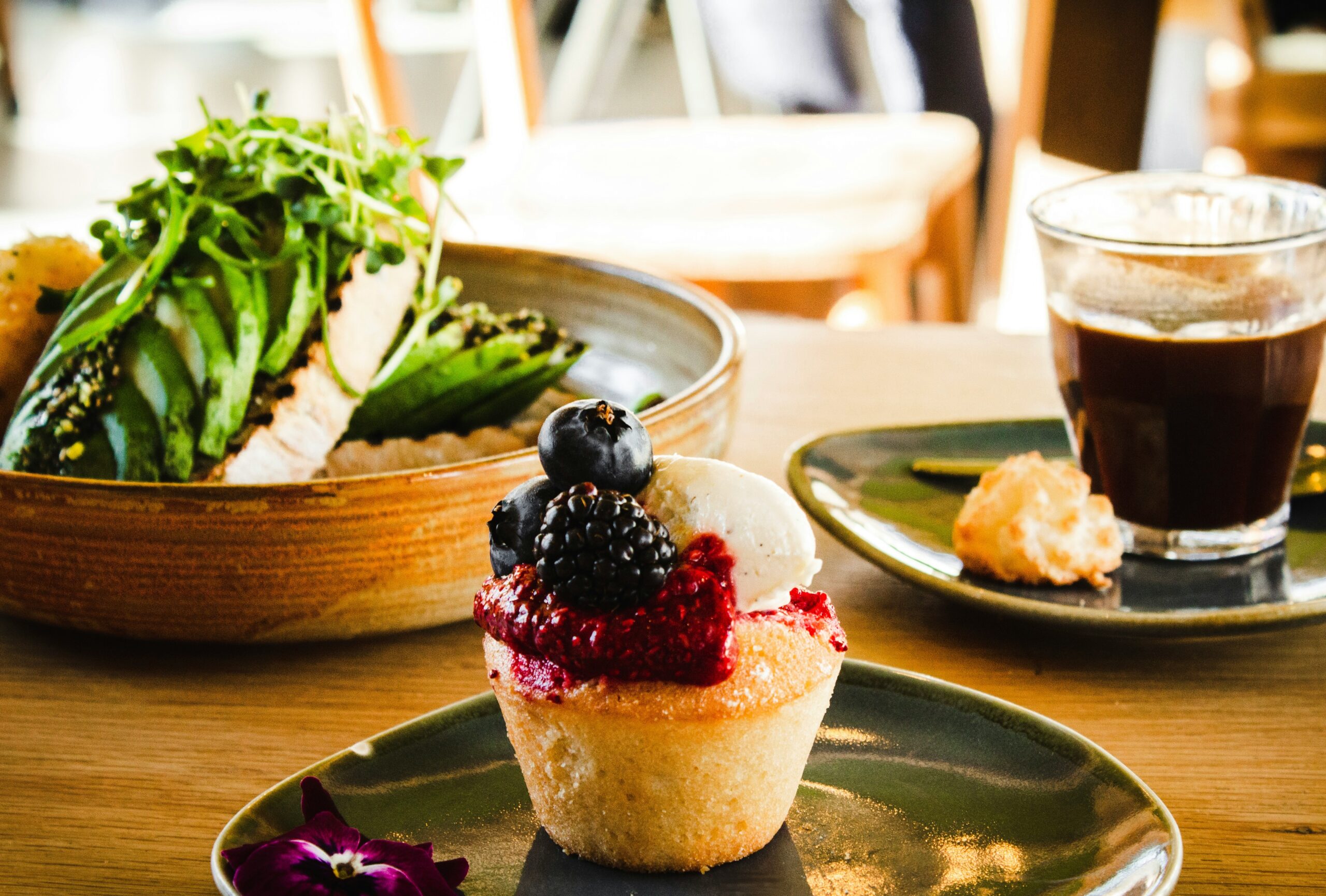Savoring the World Through Unforgettable Regional Dishes
Food is more than just sustenance; it is a celebration of culture, history, and identity. Each dish tells a story, woven from the threads of tradition, geography, and the lives of those who create it. As a sports journalist who has traveled far and wide to cover events, I’ve had the distinct pleasure of indulging in regional dishes that linger in my memory long after the last bite. From the bustling markets of Bangkok to the rustic kitchens of Tuscany, the flavors of the world invite us to savor each moment, and let me tell you, it’s a journey worth taking.
The Allure of Authenticity
There’s something electrifying about tasting a dish that hasn’t just been cooked but has been cultivated over generations. Authentic cuisine often embodies the heart and soul of a region, reflecting the agricultural bounty and the cultural practices of its people. Take, for example, the spicy street food of India. A plate of pani puri—crispy, hollow puris filled with spiced water, chickpeas, and potatoes—offers an explosion of flavors that can make you reminisce about childhood days spent at bustling fairs (I can almost hear the laughter now). This isn’t just food; it’s a rite of passage, a way to connect with family and friends, and an experience that is shared with love.
Exploring Asia: A Culinary Journey
Asia, with its diverse landscapes and cultures, presents a veritable treasure trove of culinary delights. In Thailand, for instance, the balance of sweet, sour, salty, and spicy in dishes like som tum (green papaya salad) is a testament to the country’s rich culinary philosophy. The crunch of the papaya, the kick of the chili, and the tang of lime harmonize to create a dish that is both refreshing and exhilarating. I remember my first taste of som tum—that delightful zing was a wake-up call for my taste buds!
Then there’s the artistry of Japanese cuisine. A simple bowl of ramen can be a complex symphony of flavors. The rich broth, slow-cooked to perfection, is often paired with perfectly marinated pork, soft-boiled eggs, and a sprinkle of green onions. It’s a comfort food that feels like a warm hug on a rainy day. I once had the privilege of visiting a small ramen shop in Kyoto, where the chef poured his heart into each bowl, and I swear I could taste the passion in every slurp.
A Taste of Europe: Tradition Meets Innovation
Crossing over to Europe, the culinary landscape shifts dramatically, yet the deep-rooted traditions remain. In Italy, for example, traditional risotto is a dish that showcases the elegance of simplicity. The creamy texture, coupled with the umami of mushrooms or saffron, can transport you straight to a sun-drenched countryside. I had this unforgettable experience at a family-run trattoria in the heart of Tuscany, where the nonna (grandmother) insisted I taste her secret recipe. Just thinking about it makes my mouth water!
In contrast, the bustling streets of Barcelona offer a vibrant array of flavors with dishes like tapas. These small plates encourage sharing, turning a meal into a social affair. From patatas bravas to jamón ibérico, each bite is a delightful dance of flavors. One evening, I found myself rambling from bar to bar, sampling everything from spicy chorizo to sweet churros, which led to an impromptu conversation with locals about food, life, and football (which, let’s be honest, seems to be a universal language).
North and South America: A Melting Pot of Flavors
The Americas present an intriguing mix of indigenous and immigrant influences, which give rise to some of the most compelling culinary traditions. In Mexico, each region boasts its specialties, and one cannot overlook the iconic taco al pastor. This dish, with its marinated pork, fresh pineapple, and vibrant salsas, is a perfect representation of the country’s rich culinary history. I remember a late-night taco stand in Mexico City where the aroma wafting through the air was simply irresistible. As I took my first bite, the explosion of flavors reaffirmed my belief that food is indeed a universal connector.
Meanwhile, in Peru, the fusion of flavors reaches new heights with dishes like ceviche. Fresh seafood marinated in citrus juices, accompanied by onions and cilantro, creates a refreshing dish that’s as invigorating as a sunny day at the beach. I was lucky enough to dine at a renowned cevichería in Lima, where the chef passionately explained the importance of using only the freshest ingredients. It struck me that, in the world of gastronomy, freshness is king—or queen, depending on which chef you ask!
Africa: The Spice of Life
As we journey to Africa, the culinary practices reflect the continent’s rich tapestry of cultures and traditions. The vibrant spices of Moroccan cuisine create an aromatic experience that is nothing short of magical. A classic dish like tagine—slow-cooked in a conical pot—blends sweet and savory flavors, often featuring tender meats, fruits, and an array of spices. I can still recall the warmth of the spices enveloping me as I savored each bite in a quaint café in Marrakech. The chef had a twinkle in his eye as he shared stories of his grandmother’s recipes, infusing the meal with a sense of heritage that made it all the more special.
Meanwhile, in West Africa, the jollof rice phenomenon has sparked debates among nations, with each country claiming to have the best version. The fragrant rice, cooked in a rich tomato sauce and often served with grilled chicken or fish, is a staple at celebrations and gatherings. I once found myself at a lively wedding in Ghana, where the jollof was the star of the show, and believe me, the flavors were as vibrant as the music.
Oceania: A Culinary Adventure
Venturing into Oceania, the culinary scene is equally captivating. In Australia, the influence of indigenous ingredients is becoming more prominent in modern cuisine. Dishes featuring kangaroo or bush tucker ingredients such as wattleseed and finger lime are gaining recognition for their unique flavors. I remember attending a food festival where a talented chef showcased a dish that blended traditional techniques with contemporary flair. It was a reminder that food, much like sports, is all about innovation and creativity.
New Zealand offers a different experience altogether, with its emphasis on fresh, local produce. The iconic hangi—a traditional Māori method of cooking food in an underground oven—produces tender meats and vegetables infused with the earthiness of the surrounding soil. Sharing a hangi meal with friends after a long day of hiking was a highlight of my travels, reminding me that the best meals are often enjoyed in the company of good friends and breathtaking landscapes.
The Role of Food in Cultural Identity
Food is intricately tied to culture, and regional dishes often embody the identity of a place. They are expressions of community, resilience, and creativity. In many parts of the world, food is a way to preserve history and tradition, ensuring that recipes and techniques are passed down through generations.
Consider the role of food in celebrations. In Italy, no feast is complete without pasta, and in many Latin American countries, tamales are a staple during festive occasions. These dishes become symbols of cultural pride and continuity. I remember attending a family reunion where my aunt prepared her famous lasagna. As we gathered around the table, the laughter and stories shared over that meal were a reminder of the power of food to bring people together.
The Future of Regional Dishes
As the world becomes more interconnected, the ways in which we experience food are also evolving. Globalization has introduced us to an array of international flavors, leading to the rise of fusion cuisine. While this can lead to exciting culinary innovations, there’s a risk of overshadowing authentic regional dishes. As we navigate this ever-changing landscape, it’s essential to celebrate and preserve the traditions that give our favorite foods their unique identities.
Chefs around the world are increasingly recognizing the importance of sourcing local ingredients and honoring traditional cooking techniques. This movement encourages a return to the roots of culinary arts, emphasizing quality over quantity. I recall speaking with a chef from a small coastal town who passionately advocated for sustainable fishing practices, ensuring that the dishes served in his restaurant were not only delicious but also environmentally responsible. It’s this kind of consciousness that will shape the future of our dining experiences.
Savoring the Journey
Traveling through various regions and indulging in their iconic dishes is an adventure that transcends borders. It allows us to appreciate the complexities of different cultures and the shared humanity that connects us all. Each meal becomes a tapestry of flavors, memories, and stories that enrich our lives.
As I reflect on my culinary journeys, I can’t help but feel grateful for the opportunity to taste the world. Whether it’s a bowl of steaming pho on a rainy day in Vietnam or a slice of rich chocolate cake in a Parisian café, the experiences surrounding food are an integral part of our global tapestry. So, the next time you sit down for a meal, take a moment to savor not just the flavors on your plate but the history, culture, and stories that accompany it. After all, every bite is an invitation to explore the world from the comfort of your own table.
As we continue to navigate through our busy lives, let’s remember to pause, appreciate, and celebrate the culinary wonders that await us. From street food stalls to fine dining establishments, the world is a treasure trove of unforgettable regional dishes—each one waiting to be discovered.




